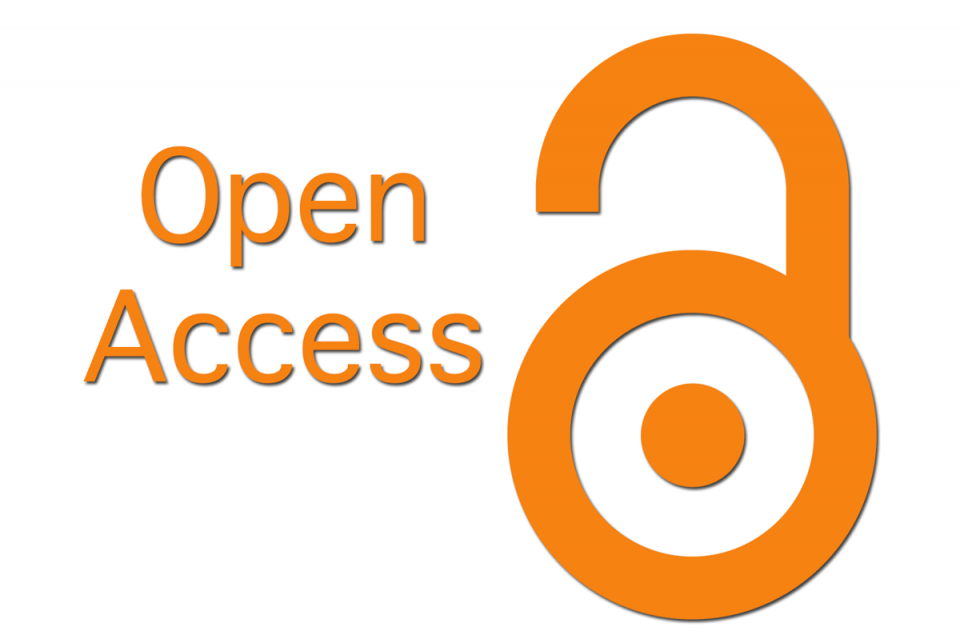STRETCHING VERSUS CONCENTRIC EXERCISE FOR IMPROVING GLENOHUMERAL EXTERNAL ROTATION RANGE OF MOTION IN ASYMPTOMATIC SUBJECTS:A PILOT RANDOMIZED CLINICAL TRIAL
Keywords:
shoulder, external rotation, stretching, concentric exercise, suprascapular nerve.Abstract
Background: previously published studies suggest that range of motion is highly influenced by a musculotendinous component mediated by neural mechanosensitivity. However, there is no published research that has com-pared passive stretching with an active exercise treatment focused on increasing neural tension on the improvement of glenohumeral range of motion. Aim: to evaluate if a concentric external rotation exercise is more effective than passive stretching for improving glenohumeral external rotation range of motion. Material and method: pilot randomized clinical trial. A convenience sample of 19 asymptomatic subjects between 18 and 30 years was recruited from University of Alcalá. Subjects were randomly assigned to one of each treatment (passive stretching or con-centric external rotation exercise) and received 4 sessions in alternating days within 2 weeks. The most shortened side was treated. Data regarding glenohumeral external rotation range of motion at 0 (RE1) and 90 degrees of abduction, and flexion were collected. 3-by-2 mixed-model analysis of variance (ANOVA) were conducted for out-come measures. Results: The mixed ANOVA only revealed a significant time-by-group interaction for RE1, with a significant post-treatment improvement in Favour of stretching group (mean difference, 6.57º; 95% confidence interval, 1.40º to 11.73º). Conclusion: there seems to be no difference between passive stretching and concentric external rotation exercise regarding improvements in glenohumeral range of motion in asymptomatic subjects.
Downloads
Downloads
Published
Issue
Section
License
You are free to:
- Share — copy and redistribute the material in any medium or format for any purpose, even commercially.
- Adapt — remix, transform, and build upon the material for any purpose, even commercially.
- The licensor cannot revoke these freedoms as long as you follow the license terms.
Under the following terms:
- Attribution — You must give appropriate credit , provide a link to the license, and indicate if changes were made . You may do so in any reasonable manner, but not in any way that suggests the licensor endorses you or your use.
- No additional restrictions — You may not apply legal terms or technological measures that legally restrict others from doing anything the license permits.









